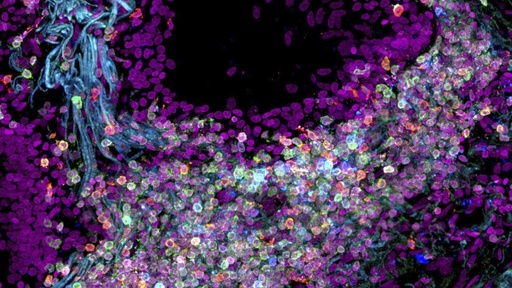
Researchers have made significant strides in mapping the vast network of approximately 37.2 trillion cells that comprise the human body.
Each cell type serves a specific function, and a comprehensive understanding of these cells can enhance scientific insight into health conditions and diseases such as cancer.
The team concentrated on several key organs, examining the roles of cells found in areas including the mouth, stomach, and intestines, as well as those involved in the growth and development of bones and joints.
They investigated which cells form tissues, their locations throughout the body, and the changes these cells undergo over time.
The goal of this high-resolution, publicly available cell atlas—deemed a preliminary version—is to provide valuable resources for researchers aiming to combat diseases that negatively impact human cells.
“When things go wrong, they go wrong with our cells first and foremost,” noted Aviv Regev, a prominent figure associated with the Human Cell Atlas consortium and an active participant in the research.
The results of this study were unveiled in Nature and associated journals.
The consortium has plans to release a more comprehensive atlas in 2026, which will feature cell profiles from 18 organs and bodily systems, including the skin, heart, breasts, and more.
Aside from cataloging the various human cell types, the current map highlights the interrelationships between these cells, as explained by Dr. Timothy Chan, a cancer specialist at the Cleveland Clinic.
Chan emphasizes that this exploration of human biology is set to have practical implications, particularly in identifying and treating cancerous cells.
“Different types of cells have different Achilles’ heels,” he noted, expressing optimism about the advantages this advancement will offer to cancer research.
Additionally, researchers are developing other atlases aimed at gaining a deeper understanding of the intricacies of health and illness in specific bodily regions.
For instance, brain atlases are being created to delve into the structure, location, and functionality of various brain cell types.
Meanwhile, a new gut microbiome atlas focuses on the diverse array of microorganisms present in the intestines, which are crucial for both digestion and immune system health.
